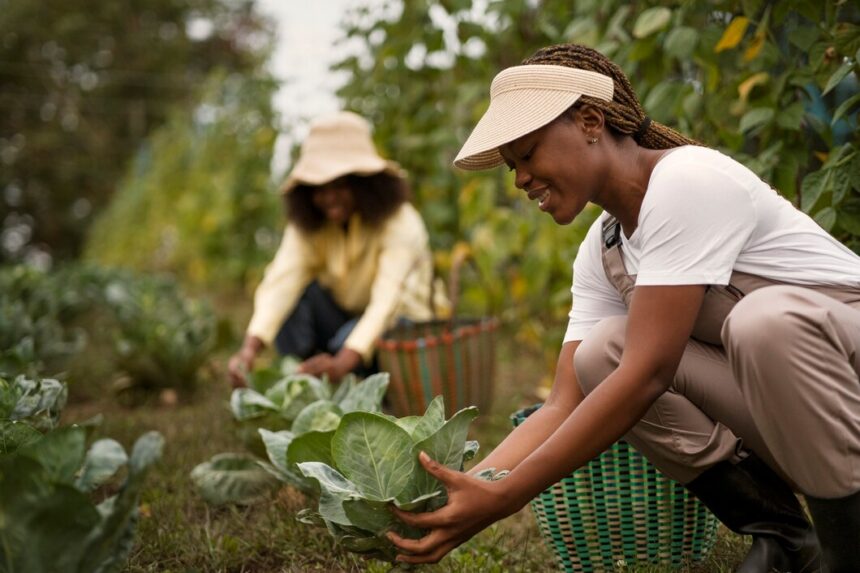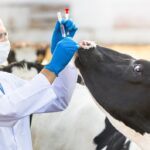In a sign that there is further consternation about the operating environment for the agriculture sector, the Agbiz/IDC Agribusiness Confidence Index (ACI) plunged to a 59-quarter low of 39 points. The El Nino-induced harvest contraction in the summer grains and oilseed underpinned the further deterioration in optimism among agribusiness decision-makers. Meanwhile, operating conditions have not changed much as the dilapidated road and logistics infrastructure, dithering service delivery at municipal level continue to impede growth.
Additionally, geopolitical tensions remained elevated and even heightened recently thus raising concerns about cost of freight and potential protectionism. Two animal diseases, avian flu and (AI) and Foot-and-Mouth Disease (FMD), have caused havoc in the sector during the past two years and there are concerns over a resurgence as the country is yet build sufficient capacity to drastically reduce impact in the livestock sector. The ACI has historically been a leading indicator with a downbeat outcome signaling a loss of momentum in GDP outcome for the quarter.
In contrast, the broader business sector was cautiously optimistic in the recent RMB/BER Business Confidence Index (BCI) which rose by 5 points from Q1 to 35 points in the Q2 of 2024 even ahead of the 2024 National Elections which were characterised by huge uncertainty.
Nonetheless, the first half of 2024 saw some positive developments in the agriculture sector with its trade surplus surging by 20% y/y in Q1 of 2024 as the value of exports jumped by 6% y/y in Q1 to US$3.1 billion according to the recent data from Trade Map. The agriculture GDP posted a strong growth of 13.5% y/y in Q1 of 2024 underpinned by a combination of solid output in horticulture and livestock and animal products.
The seasonal outlook has turned positive with weather forecasts showing El Nino having dissipated and transitioning in to the La Nina weather pattern which improves prospects of good rains for the 2024/25 crop season. On the input side, international fertilizer prices remain significantly lower relative to last year and fuel prices have eased recently and are likely to sustain the current momentum given the rand and crude oil price trajectory.
By Paul Makube, Senior Agricultural Economist, FNB Commercial
Join 'Farmers Mag' WhatsApp Channel
Get the latest Farming news and tips delivered straight to your WhatsApp
CLICK HERE TO JOIN






